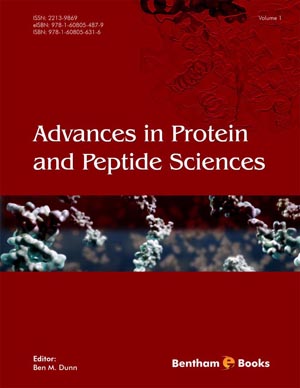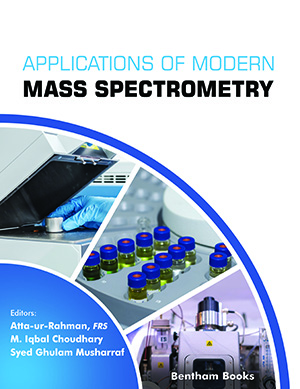Abstract
Protein misfolding is characterized by the inability of proteins to achieve or maintain their bioactive conformation. In addition to protein mutation, intracellular factors such as pH changes, metal ions, and oxidative stress contribute to protein misfolding. To modulate the level of misfolded proteins, different approaches are feasible including the use of pharmacological or chemical chaperones, the activation of degradative pathways and the manipulation of natural folding mechanism. Errors in protein folding are correlated to a broad range of diseases, from common allergies to neurodegenerative diseases, and at the moment, many examples exist of the successful control of protein unfolding that may be used in the therapy of these disorders. This chapter gives an overview on small molecules that can be used to stabilize protein, helping it to achieve near-native conformation and bring back its functions with an emphasis on pharmacological and chemical chaperones.
Keywords: Osmolytes, Pharmacological chaperones, Protein misfolding diseases, Small molecules.






















